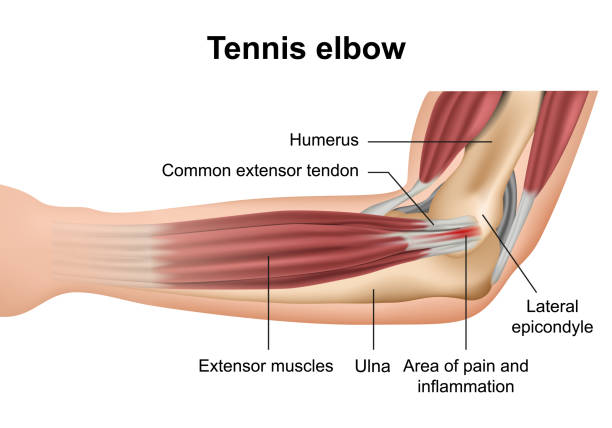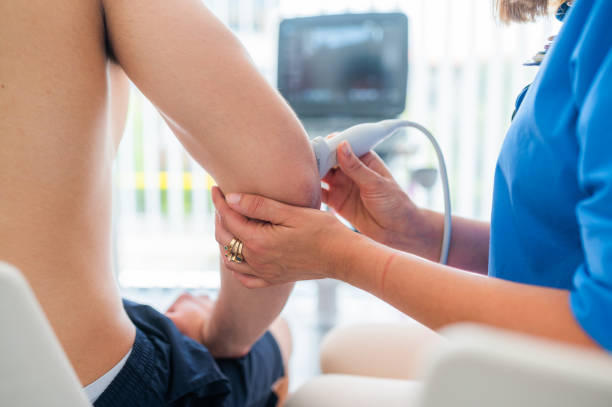How to Fix Tennis Elbow
Tennis elbow, also known as lateral epicondylitis, is a common condition characterized by pain and inflammation in the tendons that join the forearm muscles to the outside of the elbow. It can be feel very painful. It’s often caused by repetitive motions, such as those used in tennis, hence the name. However, it can also result from other activities involving gripping and twisting motions of the forearm. Here’s How to Fix Tennis Elbow:
Understanding Tennis Elbow
Tennis elbow typically develops gradually over time, rather than from a specific injury. It’s often associated with overuse of the muscles and tendons in the forearm, leading to microscopic tears and inflammation. Common symptoms include pain and tenderness on the outside of the elbow, weakness in the forearm, and difficulty with gripping objects or performing certain movements. For how much time can tennis elbow last?

How To Fix Tennis Elbow at Home

Many cases of tennis elbow can be effectively managed at home with rest, ice therapy, and over-the-counter pain relievers. Resting the affected arm and avoiding activities that aggravate the condition can help reduce inflammation and promote healing. Applying ice packs to the affected area several times a day can also help alleviate pain and swelling. Additionally, over-the-counter nonsteroidal anti-inflammatory drugs (NSAIDs) such as ibuprofen or naproxen can help relieve pain and reduce inflammation.
Physical Therapy and Exercise
Physical therapy exercises can help strengthen the muscles and tendons around the elbow, improving flexibility and reducing the risk of recurrence. Eccentric exercises, which involve slowly lowering a weight while contracting the muscle, have been shown to be particularly effective for treating tennis elbow. Your physical therapist can also provide guidance on proper technique and form to prevent further injury.
Bracing and Support

Wearing a brace or forearm strap can help alleviate pain and provide support to the affected area. These devices work by reducing strain on the tendons and muscles, allowing them to heal more effectively. They can be especially helpful during activities that involve repetitive gripping or twisting motions, such as playing tennis or using hand tools.
Seeking Medical Treatment

If conservative measures fail to provide relief, or if your symptoms worsen despite treatment, it’s important to seek medical attention. Your doctor may recommend corticosteroid injections to reduce inflammation and pain, or in severe cases, surgery may be necessary to repair damaged tendons. However, surgery is usually considered a last resort and is only recommended when other treatments have been unsuccessful.
Preventing Recurrence
Once you’ve recovered from tennis elbow, it’s important to take steps to prevent recurrence. This may involve modifying your technique or equipment during activities that previously caused pain, as well as incorporating strength and flexibility exercises into your regular routine. Additionally, listening to your body and taking breaks when needed can help prevent overuse injuries in the future.
By following these steps and incorporating them into your treatment plan, you can effectively manage tennis elbow and prevent it from interfering with your daily activities. Remember to consult with a healthcare professional for personalized advice and guidance tailored to your specific needs.

One thought on “How to Fix Tennis Elbow”
Comments are closed.